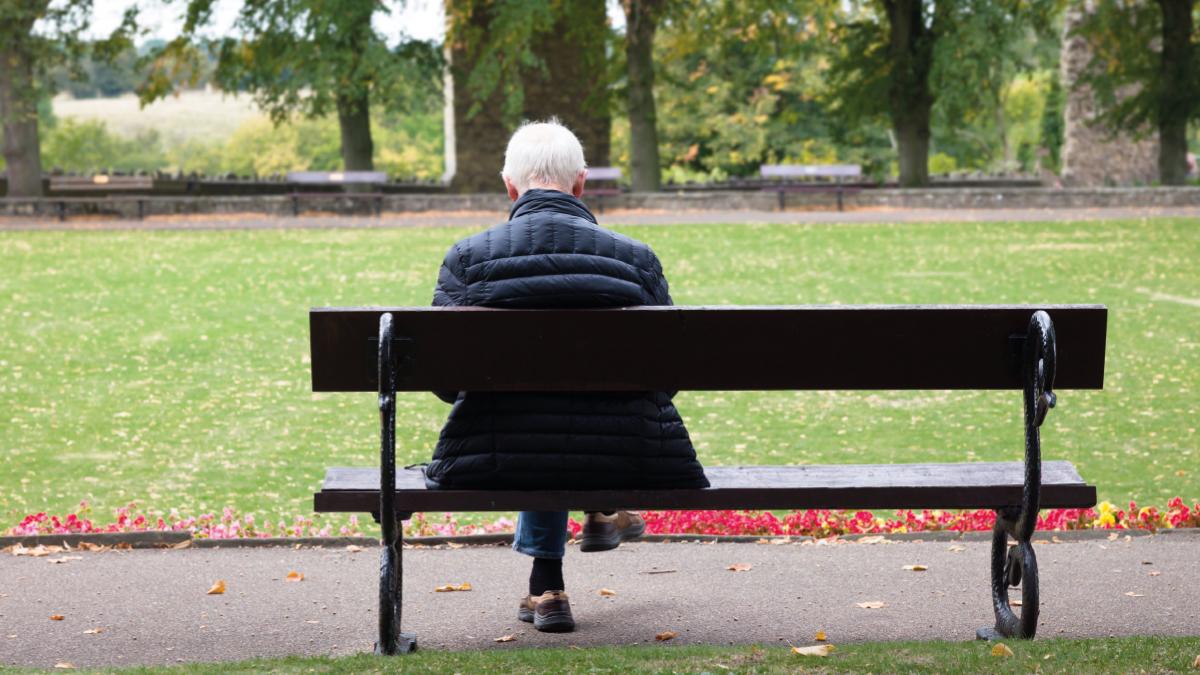Research into wellbeing has looked at what we can do for ourselves

What’s the issue?
Wellbeing is a complex, subjective measure of how someone is feeling in their everyday lives. It includes happiness, satisfaction with life, a sense of purpose and sense of control.
Most research into wellbeing has looked at what people can do for themselves to improve their wellbeing. It has stressed individual factors such as health and finances, which are important influences on health and wellbeing.
However, wellbeing is likely to result from complex relationships between an individual, their community and where they live. Social support, and a sense of belonging to a community could have an impact. Access to well-managed open spaces and the neighbourhood environment could be important. Identifying the characteristics of places that influence wellbeing could inform the planning of towns and neighbourhoods.
How they carried out the research and what’s new?
The researchers looked at data previously collected in the Household Health Survey in the north-west coast region of England. The survey, in 2015-2016, explored health inequalities in 20 areas of high deprivation and eight of less deprivation. The 4,319 adults who took part had an average age of 49 years, and most (89 per cent) were white British.
Participants completed a short wellbeing survey exploring seven items. They reported on: their optimism about the future, how useful, relaxed, and close to other people they felt, how well they dealt with problems, if they felt they could think clearly, and could make up their own mind.
In the same survey, participants provided information on individual factors (such as their health, finances and marital status); and place factors (such as housing conditions, access to open space and feeling involved in decisions about the community). The researchers looked at how these factors related to wellbeing.
Overall wellbeing was most strongly linked to two individual factors: self-reported health and financial difficulty.
However, a complex network of relationships existed. Wellbeing was associated directly and indirectly with all of the individual, community and place characteristics considered. Of the community and place characteristics, wellbeing was most strongly linked with access to open space, involvement in decisions about community (civic agency) and neighbourhood cohesion. Housing disrepair reduced wellbeing.
Why is this important?
This is the first study to explore the relationships between individual and place factors in the context of wellbeing. The results back previous findings that individual factors are the strongest predictors of self-reported wellbeing. However, they also show that wellbeing is strongly linked with people’s living environments.
Poor wellbeing was linked to place factors beyond the individual’s control. It is most likely among people who lack access to open space, involvement in community decisions, neighbourhood cohesion or who have housing disrepair. Policies should therefore have more emphasis on place factors to increase wellbeing.
What’s next?
Participants in this study were mostly white British, in line with the population in the north-west coast region. The wellbeing of people from other ethnic groups and areas may be influenced by different factors. Qualitative studies are needed to explore the nuances of wellbeing in different areas.
The researchers hope their work will prompt discussions between public health and town planners – and include local communities.
Anna Lowe, director, National Centre for Sport & Exercise Medicine, Sheffield and associate professor, Sheffield Hallam University
We know that health is so much more than just the absence of disease and that wellbeing is shaped by complex influences at individual, community, and wider societal levels.

Physiotherapy clinical practice naturally tends to focus on individual factors – we work in a personalised way to support individuals to manage pain, maximise physical function, recover and live well.
The physiotherapy workforce has a role in helping people to take positive action to improve their wellbeing, this might include connecting with nature, getting involved with local community activities, becoming more physically activity in local green spaces, or all of the above!
We might do this by having good conversations and giving information directly, or via referral pathways, for example to social prescribing link workers.
This study underscores the importance of place, of really recognising the impact that a sense of belonging and connection can have, and how this contributes positively to wellbeing.
Place based approaches to health are increasingly embedded and the physiotherapy workforce can support people to connect with, and contribute to, the places that they live.
You may be interested to read
The full NIHR Evidence alert: The full paper: McElroy E et al. The individual, place, and wellbeing - a network analysis. BMC Public Health 2021;21:1621
Number of subscribers: 1




































